Broughty Ferry has been described as one the best examples of a ’20 minute neighbourhood’ in the UK – but what does that even mean and – more importantly – what do folk in the Ferry think about it?
The idea of 20-minute neighbourhoods – areas where you can get all you need with a short (ish) walk – have provoked much online abuse and even conspiracy theories.
But for Broughty Ferry mums Susan Epsworth and Ceri Edwards, it’s all about the area’s good range shops and special atmosphere.
They believe that having everything they need close by creates a “nice vibe” in the area.
“It’s always nice to walk down on a Saturday morning and go and get your sausages for breakfast from the butcher, then you can nip to Marks and Spencer’s and head home again,” Susan, 31, tells me.
Her friend Ceri, 29, adds: “I like getting out for a walk as well. It’s really handy that I can just walk into town to shop – and I don’t need to use the car.”
20-minute ‘palace’ or ‘prison’ in Broughty Ferry?
The idea behind 20-minute neighbourhoods is really about supporting “local living” – that means ensuring you can do your shopping, go to the doctors, go out for dinner and complete all your other “daily needs” near to your house.
Sounds fairly straightforward, right?
Wrong.
Some remain fiercely opposed to the idea. One Facebook commenter renamed the initiative “20-minute prisons” when The Courier published a piece about the idea previously.
Another called it “outrageous” and said the policy is “just another way to brain wash and control”. “No thanks”, she signed off.
Another wrote: “This is the beginning of the end”.
Susan and Ceri, however, can only see the positives.
The mums were shocked to hear the conspiracy theories that some members of the public have about the idea.
Ceri says: “We’ve both come from living in Dundee and I think it’s great in the Ferry because you’re a two minute walk from everywhere.
“It’s great in the evening too. There is a good variety of places to drink and eat here as well.”
The Scottish Government launched a consultation on 20-minute neighbourhoods last month.
Those on board with the scheme believe it would help local communities thrive and encourage people to live healthier lifestyles.
The idea came to prominence during lockdown when we all – through no choice of our own – found ourselves living in a smaller, more constrained way.
Critics – and there are a few – link the idea with “low traffic neighbourhoods”, which would reduce car usage and “low emission zones”, which ban older, polluting vehicles from busy areas.
20-minute neighbourhoods help elderly access medication
As well as the range of butchers, gift shops, beer gardens, spas and hair salons you can find in Broughty Ferry, there are also a number of pharmacies.
Alan Gallagher is one of the pharmacists in the Sheila MacFarlane Pharmacy on The Ferry’s Gray Street. He said that many of their customers appreciate only needing to take a short walk to pick up their prescriptions.
“We have a huge older population in Broughty Ferry, particular in places like St Vincent Court,” Alan explains.
“If they didn’t live in somewhere like The Ferry, it would be difficult for them to access these services.”
Being able to get in the car and drive to a pharmacy is a given for many, but it’s not that simple for some elderly people with mobility or disability issues.
Living in a place like Broughty Ferry, which represents a 20-minute neighbourhood in action, helps people access vital services such as their pharmacies or GP surgeries.
Friends Linda Leonard and Linda Smith both praised the services available in Broughty Ferry.
“I live just up the hill,” Linda says. For her, having everything close by makes living in Broughty Ferry “absolutely perfect”.
“A wee bit of exercise is good for us as well.”
Other communities may look on, slightly enviously, at the range of services on offer to those living within the DD5 postcode.
And the idea behind the Scottish Government consultation appears to rest on extending that kind of access to services to other communities, whether they be in Dundee, Perth, Angus or other parts of Scotland.
But while some – mostly expressing themselves online – remain fiercely opposed to the idea it will remain a sometimes controversial talking point.
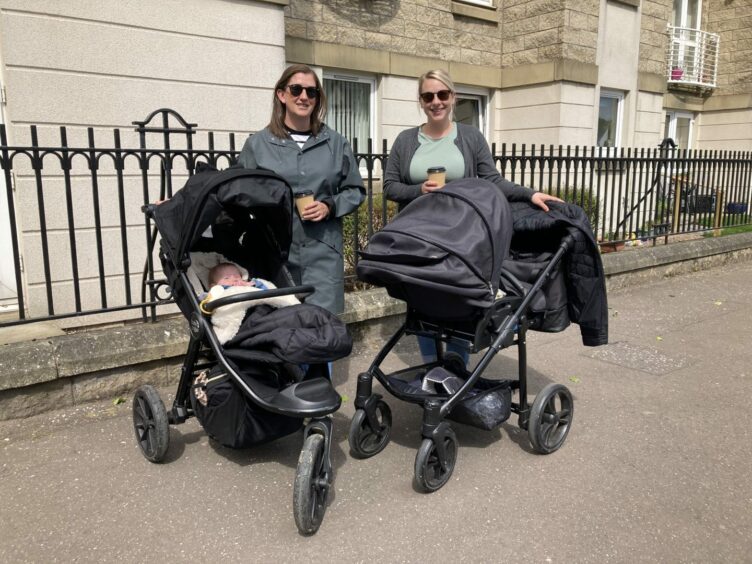
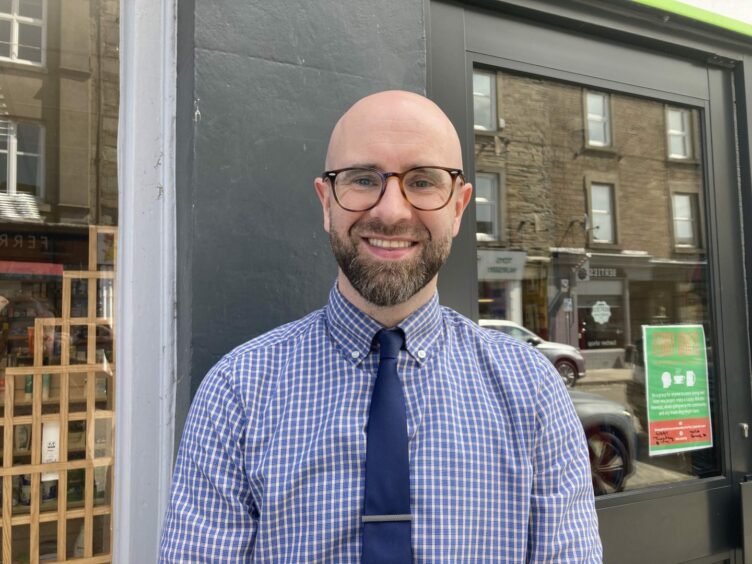
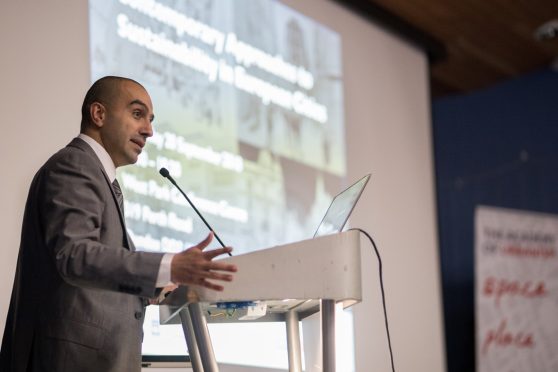

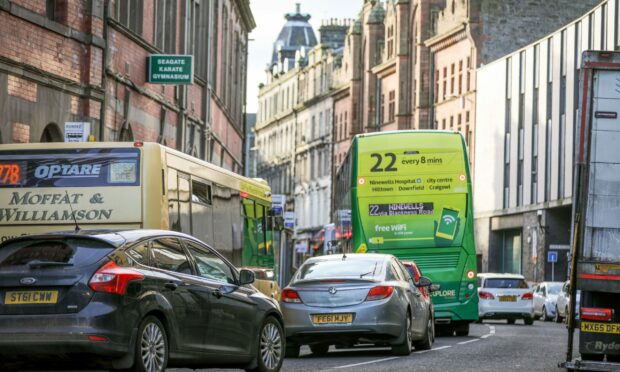

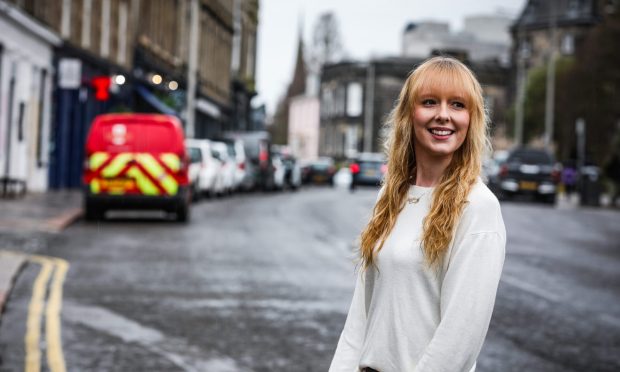





Conversation